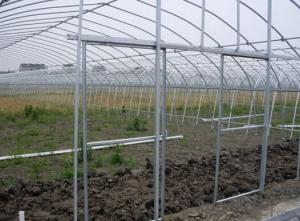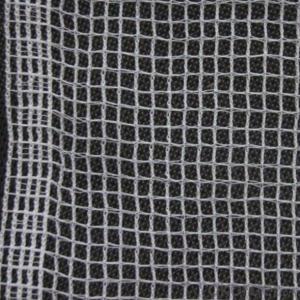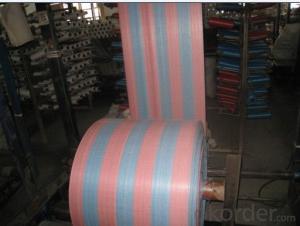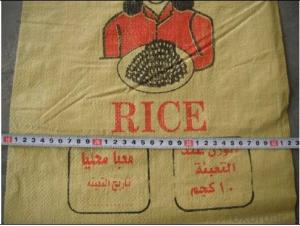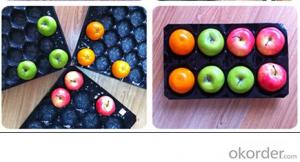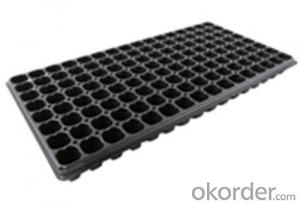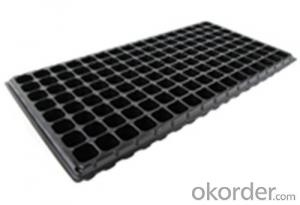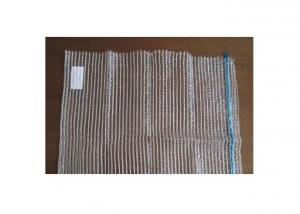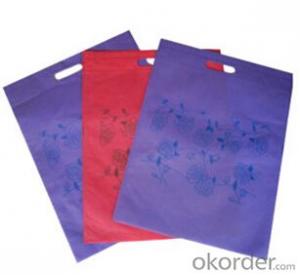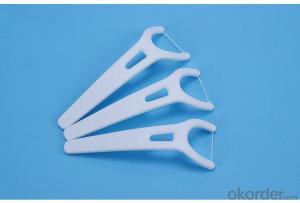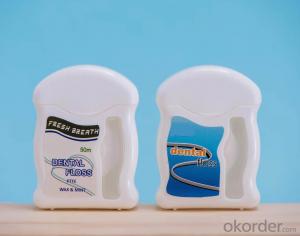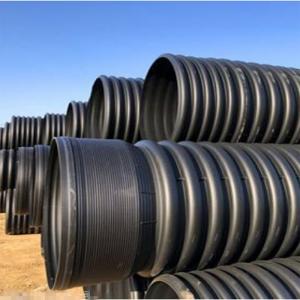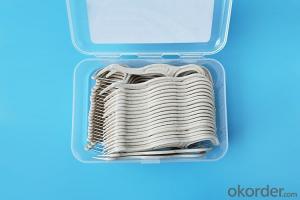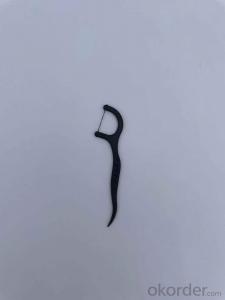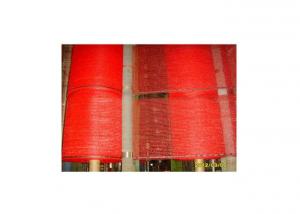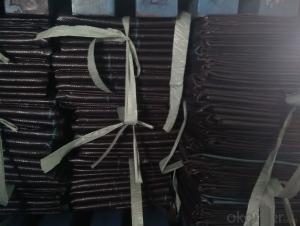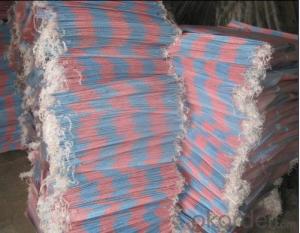Strong structure film greenhouse for sale
- Loading Port:
- Shanghai
- Payment Terms:
- TT OR LC
- Min Order Qty:
- 10 set
- Supply Capability:
- 10000 set/month
OKorder Service Pledge
OKorder Financial Service
You Might Also Like
Features of PE Film:
1. High heat preservation, and the surface is anti-dust treated.
2. High light transmission, which can increase the inside light, enhance the photosynthesis function, and then increase the growing density and yield of plants. The total light transmission rate are more than 90%
3. The film are anti-dripping, includes the high quantity of UV stabilizer, which make the film life more than 5 years.
4. Large size, the maximum width of the film can be 12m, it can be as long as you need.
Agriculture Usage: This kind of greenhouse can be built for your agriculture plants, especially for large-scale production. In this greenhouse, high yield and good quality can be realized at the same time. All of this can improve the competitiveness of you product and has sizable economical benefits.
Outstanding advantages:
Strong R&D team, advanced greenhouse technology and abundant construction experience overseas. Different design and equipments can be chosen according to the customer’s requirements and conditions. We try to provide the best options and service for the users of the greenhouse.
- Q:How to identify BPA plastic products?
- Bis Phenol A is found in a very wide variety of plastics.Products containing BPA have been in commerce for more than 50 years, and its current uses are numerous. It is used in the synthesis of polyesters, polysulfones, and polyether ketones, as an antioxidant in some plasticizers, and as a polymerization inhibitor in PVC. It is a key monomer in production of polycarbonate plastic and epoxy resins. Polycarbonate plastic, which is clear and nearly shatter-proof, is used to make a variety of common products including baby and water bottles, sports equipment, medical devices, optical lenses, CDs, and household electronics. Epoxy resins are used as coatings on the inside of almost all food and beverage cans. There are a lot of concerns about the health dangers of BPA. It appears that it is very difficult not to come in contact wit it in everyday activities.
- Q:Can ground cover plants be used to create a natural-looking pathway?
- Yes, ground cover plants can be effectively used to create a natural-looking pathway. By selecting low-growing plants that spread and fill in gaps, such as creeping thyme or creeping juniper, they can create a lush carpet-like effect that mimics a natural pathway. These plants provide both aesthetic appeal and practical functionality, as they can help reduce soil erosion, suppress weeds, and require less maintenance compared to traditional hardscape pathways.
- Q:How do ground cover plants help prevent erosion?
- Ground cover plants help prevent erosion by forming a protective layer over the soil surface, which reduces the impact of raindrops and slows down the flow of water. Their extensive root systems also bind the soil together, improving its stability and preventing it from being washed away.
- Q:What are the benefits of using plastic mulch films?
- There are several benefits of using plastic mulch films in gardening or farming. Firstly, plastic mulch films help in conserving moisture by reducing evaporation, thereby ensuring the plants receive adequate water. Secondly, these films provide a physical barrier that prevents weed growth, reducing the need for manual weeding or herbicides. Additionally, plastic mulch films help regulate soil temperature, keeping it warmer during cooler seasons and cooler during hotter seasons, promoting optimal plant growth. Lastly, these films also act as a protective layer, preventing soil erosion and reducing nutrient leaching, leading to higher crop yields and overall improved soil health.
- Q:What are some ground cover options for alpine gardens?
- Some ground cover options for alpine gardens include creeping thyme, alpine forget-me-nots, mosses, sedums, alpine phlox, and alpine strawberries.
- Q:Can ground cover plants be used to create a green roof?
- Yes, ground cover plants can be used to create a green roof. They are often used as a low-maintenance and sustainable option for green roofs, providing insulation, reducing stormwater runoff, and enhancing the aesthetic appeal of the roof.
- Q:How does ground cover affect the overall soil compaction in a garden?
- Ground cover can help reduce overall soil compaction in a garden. By providing a protective layer on the soil surface, ground cover acts as a natural barrier, preventing direct impact and compaction caused by foot traffic or heavy rain. Additionally, certain ground cover plants, such as grasses or clovers, have fibrous root systems that help improve soil structure and promote better water and air circulation, ultimately reducing compaction.
- Q:What are some examples of agricultural plastic products used in horticulture?
- Some examples of agricultural plastic products used in horticulture include plastic pots, trays, and containers for seedlings and plants, plastic mulch films for weed control and moisture retention, plastic greenhouse covers for temperature regulation, plastic irrigation pipes and fittings for watering plants, and plastic netting for crop protection.
- Q:How do you choose the right ground cover for a specific height requirement?
- When choosing the right ground cover for a specific height requirement, it is important to consider the mature height of the plants, as well as their growth rate and spreading habits. Researching plant varieties and their typical heights can help identify options that meet the desired height criteria. Additionally, consulting with local horticulturists or garden center experts can provide valuable guidance in selecting the appropriate ground cover for a specific height requirement.
- Q:Can ground cover be used to attract butterflies?
- Yes, ground cover can be used to attract butterflies. Planting specific types of ground cover that provide nectar, such as clover or thyme, can serve as a food source for butterflies and encourage them to visit your garden. Additionally, certain ground covers like milkweed can provide a vital host plant for butterfly larvae.
1. Manufacturer Overview |
|
|---|---|
| Location | |
| Year Established | |
| Annual Output Value | |
| Main Markets | |
| Company Certifications | |
2. Manufacturer Certificates |
|
|---|---|
| a) Certification Name | |
| Range | |
| Reference | |
| Validity Period | |
3. Manufacturer Capability |
|
|---|---|
| a)Trade Capacity | |
| Nearest Port | |
| Export Percentage | |
| No.of Employees in Trade Department | |
| Language Spoken: | |
| b)Factory Information | |
| Factory Size: | |
| No. of Production Lines | |
| Contract Manufacturing | |
| Product Price Range | |
Send your message to us
Strong structure film greenhouse for sale
- Loading Port:
- Shanghai
- Payment Terms:
- TT OR LC
- Min Order Qty:
- 10 set
- Supply Capability:
- 10000 set/month
OKorder Service Pledge
OKorder Financial Service
Similar products
New products
Hot products
Related keywords
